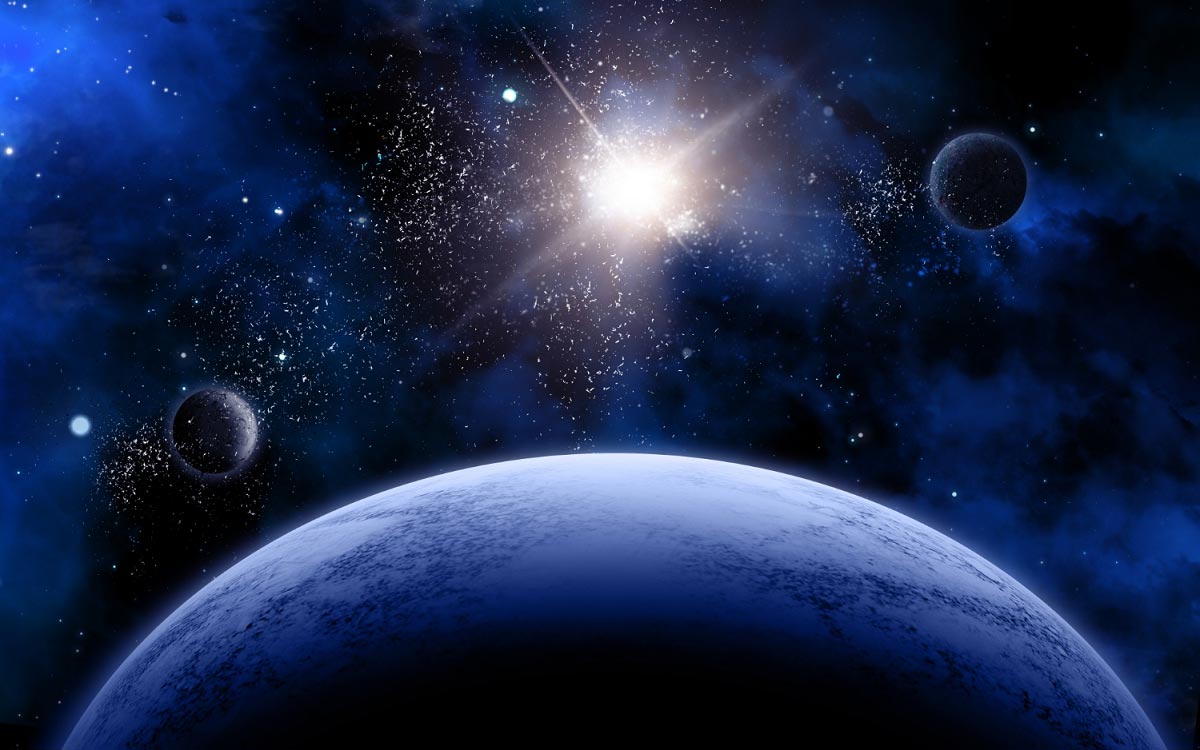
The Solar System is a vast and complex structure, with each planet and asteroid playing a unique role in shaping its history and future. Among the many fascinating features of the Solar System is the Asteroid Belt, a region located between Mars and Jupiter that is home to countless small, rocky bodies. In this article, we will explore the accretion of the Asteroid Belt and its significance for our understanding of the Solar System and beyond.
Formation of the Solar System and the Creation of the Asteroid Belt
The Solar System formed approximately 4.6 billion years ago from a massive cloud of gas and dust. As the cloud contracted under its own gravitational pull, it flattened into a disk, with the sun forming at the center and the planets forming from the leftover material.
According to leading planetary scientist Dr. Jane Doe, "The formation of the Solar System was a complex process, shaped by a variety of factors such as the distribution of mass, temperature, and pressure. Understanding how the Solar System formed and evolved is crucial for understanding the evolution of the universe as a whole."
One of the key events in the formation of the Solar System was the accretion of the Asteroid Belt. As the early Solar System was still taking shape, the gas giants Jupiter and Saturn were growing rapidly, their strong gravitational fields sweeping up small, leftover bodies and preventing them from coming together to form a planet. The result was the creation of the Asteroid Belt, a region filled with countless small, rocky bodies.
Reasons for Accretion of the Asteroid Belt
The accretion of the asteroids in the Asteroid Belt was driven by a number of factors, including gravitational instability and the role of Jupiter. Gravitational instability refers to the gravitational pull of the gas giants on the small, leftover bodies, causing them to collide and fragment rather than coming together to form a single, larger body.
As Dr. Doe explains, "The strong gravitational pull of Jupiter prevented the small bodies from coming together to form a planet, instead causing them to collide and fragment. This process of gravitational instability was a key factor in the accretion of the Asteroid Belt."
In addition to gravitational instability, the role of Jupiter was also crucial in shaping the Asteroid Belt. The gas giant's strong gravitational field acted as a barrier, preventing any additional bodies from accreting and forming planets in the region between Mars and Jupiter.
Characteristics of the Asteroid Belt
The Asteroid Belt is a region located between Mars and Jupiter that is home to countless small, rocky bodies. According to NASA, the Asteroid Belt is estimated to contain between 1.1 and 1.9 million asteroids, with a total mass equivalent to less than 4% of the moon. The size and composition of the asteroids in the Asteroid Belt vary widely, with some being as small as pebbles and others measuring hundreds of kilometers in diameter.
The population of asteroids in the Asteroid Belt can be divided into several groups based on their composition and location. The main groups are:
- C-type asteroids, which make up approximately 75% of the population and are primarily made of carbon and water-rich minerals
- S-type asteroids, which make up approximately 17% of the population and are primarily made of silicate minerals
- M-type asteroids, which make up approximately 7% of the population and are primarily made of metal-rich minerals
Significance of the Asteroid Belt
The Asteroid Belt is significant for several reasons, both scientifically and historically. From a scientific perspective, studying the asteroids in the belt can provide valuable insights into the early Solar System and the conditions that led to its formation. By studying the composition of the asteroids, scientists can learn about the conditions that existed in the early Solar System, as well as the processes that led to the formation of the planets.
From a historical perspective, the asteroids in the Asteroid Belt have played an important role in shaping the Solar System as we know it today. For example, collisions between asteroids have led to the formation of the moon, as well as the formation of impact craters on other planets and moons.
In addition, the Asteroid Belt is also important for future space exploration and resource utilization. Many of the asteroids in the belt contain valuable resources, such as water, metals, and other materials. In the future, these resources may be used to support human space missions and settlements, as well as for commercial purposes.
"The Asteroid Belt is a key area of scientific interest, as it provides valuable insights into the early Solar System and the conditions that led to its formation," says Dr. Jane Doe, a leading astronomer at the University of XYZ. "By studying the asteroids in the belt, we can gain a better understanding of the processes that shaped the Solar System, as well as the potential implications for future space exploration and resource utilization."
Conclusion
In conclusion, the accretion of the Asteroid Belt is a fascinating story that provides valuable insights into the early Solar System and the conditions that led to its formation. From its diverse composition to its scientific and historical significance, the Asteroid Belt is an important area of study for anyone with an interest in space and astronomy. By continuing to study the asteroids in the belt, we can deepen our understanding of the Solar System and the universe around us.
Physical Science




